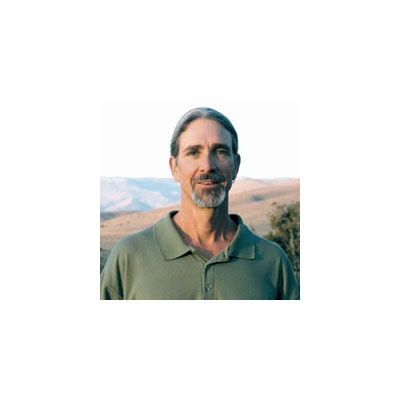“Rants from the Hill” is cross-posted from High Country News
Every New Year’s Eve, drunk people from around the world sing some approximation of “Auld Lang Syne,” a song whose words they rarely know—though one of the song’s many strengths is that when arm-in-arm revelers slur out “For hold and sign” or “Fart old Ann Zyne” or “Four old aunts shine” it still sounds damned good. But even when we do know the words we don’t know what they mean. This confusion is forgivable, since “Auld Lang Syne” literally means “old long since” (huh?), and even idiomatic translations like “days gone by” or “long long ago” don’t entirely clarify the situation. As Billy Crystal’s character puts it in the chick flick When Harry Met Sally, “‘Should Old Acquaintance Be Forgot?’ Does that mean that we should forget old acquaintances? Or does it mean that if we happened to forget them we should remember them, which is not possible because we already forgot them?”
“Auld Lang Syne” emerged from the great Lowland Scots ballad tradition, but is most closely associated with Robert Burns, who brilliantly recrafted the song as a beautiful poem that was published in 1788. As Scots, including my own kin, emigrated to every corner of the globe, they took this traditional ballad with them. It thus became Scotland’s greatest cultural export—though, in fairness, the competition was haggis, bagpipes, and plaid skirts for men—and is now beloved by inebriated folks the world over. The version of Burns’s poem we sing today is radically simplified, and omits a number of lovely verses which, if sung in the original Scots, would make a decent field sobriety test. My favorite of these is Bobby’s original closing verse:
And there’s a hand, my trusty fiere!
and gie’s a hand o’ thine!
And we’ll tak’ a right gude willie waught,
for auld lang syne.
On the off chance you’re as confused as a character in When Harry Met Sally, “willie waught” is the world’s most lyrical euphemism for drink. Here, then, is Burns’s poetic celebration of hand clasping and cup raising in memory of times gone by. It is among the oldest gestures known to human culture.
Thinking about this song caused me to wonder if anything in Nevada might be named for it, which led me to discover the existence of Auld Lang Syne Peak, an obscure, 7,400-foot mountain out in the North Central part of the state. I say “obscure” because this mountain lives in a nearly uninhabited stretch of the Great Basin Desert, where it resides amid innumerable other mountains, including much higher ones like Star Peak and Thunder Mountain, nearly 10,000-footers in the nearby Humboldt Range, where Mark Twain went broke chasing silver back in the early 1860s. But it was the name of the peak that drew me, not its lofty elevation, and so I recruited my hiking buddies Steve and Cheryll and we set out for Auld Lang Syne.
A two-hour drive east from our homes in the western Great Basin takes us from Paiute country out into Shoshone country, and eventually we pull off to recaffeinate at Puckerbrush, Nevada, where a dilapidated sign informs us that we are at 4,288 feet in a town whose population is 28. However, no town is in evidence, just a truck stop with road food, strong coffee, pints of liquor, and those kitschy dream catchers, which together comprise four of the five things a long-haul trucker needs (the fifth is available at the PussyCat, down the highway a stretch toward Winnemucca). From Puckerbrush we rattle overland on washboarded BLM roads through open-range ranching country, then past a small placer gold mining operation. I glimpse the feed hopper and rotating grizzly as we wind through the site, past the settling pond, and then upcanyon into the historic Dun Glen mining area, where we park the truck off in the sage and climb out to gear up for our hike.
Read the rest at High Country News
Island Press author, Michael Branch, is Professor of Literature and Environment at the University of Nevada, Reno. He has published five books many articles and essays, including recent environmental creative nonfiction in Utne Reader, Orion, Ecotone, Isotope, Hawk and Handsaw, Places, and Whole Terrain. He is the editor of John Muir's Last Journey.



